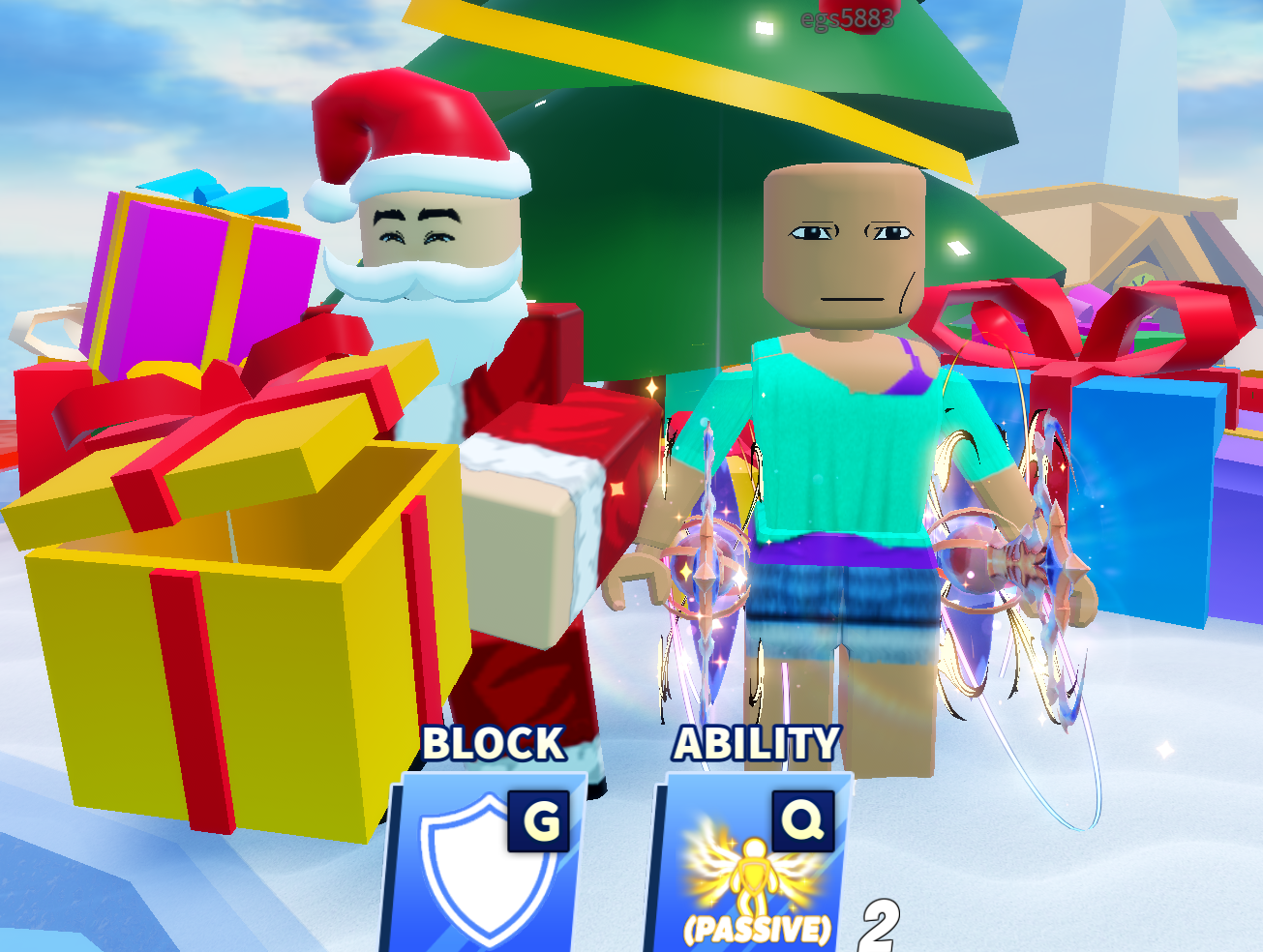B1.3 DNA
Cards (58)
- What does DNA stand for?
- What is DNA made of?
- What type of molecule is DNA?
- How many strands does DNA have?
- What shape does DNA form?
- If you unraveled DNA from a single cell, how long would it be?
- How is DNA organized in the nucleus?
- What are the tightly coiled sections of DNA called?
- How many chromosomes does each human cell have?
- How many different types of chromosomes are there?
- What do we call the pairs of chromosomes?
- What are the sex chromosomes in humans?
- What chromosomes do women have?
- What chromosomes do men have?
- When do chromosomes appear in an X shape?
- What is a gene?
- What does a gene code for?
- How many different types of amino acids are there?
- What determines the type of cell produced?
- What protein do red blood cells need?
- What is a genome?
- How does my genome compare to a stranger's?
- How does my genome compare to my parents' genomes?
- How does the genome of identical twins compare?
- What have scientists worked out regarding the human genome?
- How can genes be linked to diseases?
- What is an inherited disease?
- What is the role of doctors in relation to genes?
- How can genomes help trace human migrations?
- What can we learn from the small differences in genomes?
- What are the relationships between DNA, chromosomes, genes, and genomes?
- What are the functions of proteins in cells?
- What are the implications of understanding the human genome?
- What is an allele?
- What is the difference between dominant and recessive alleles?
- What does homozygous mean?
- What does heterozygous mean?
- What is a gene?
- How do genes determine characteristics?
- Can a single gene determine a trait?
